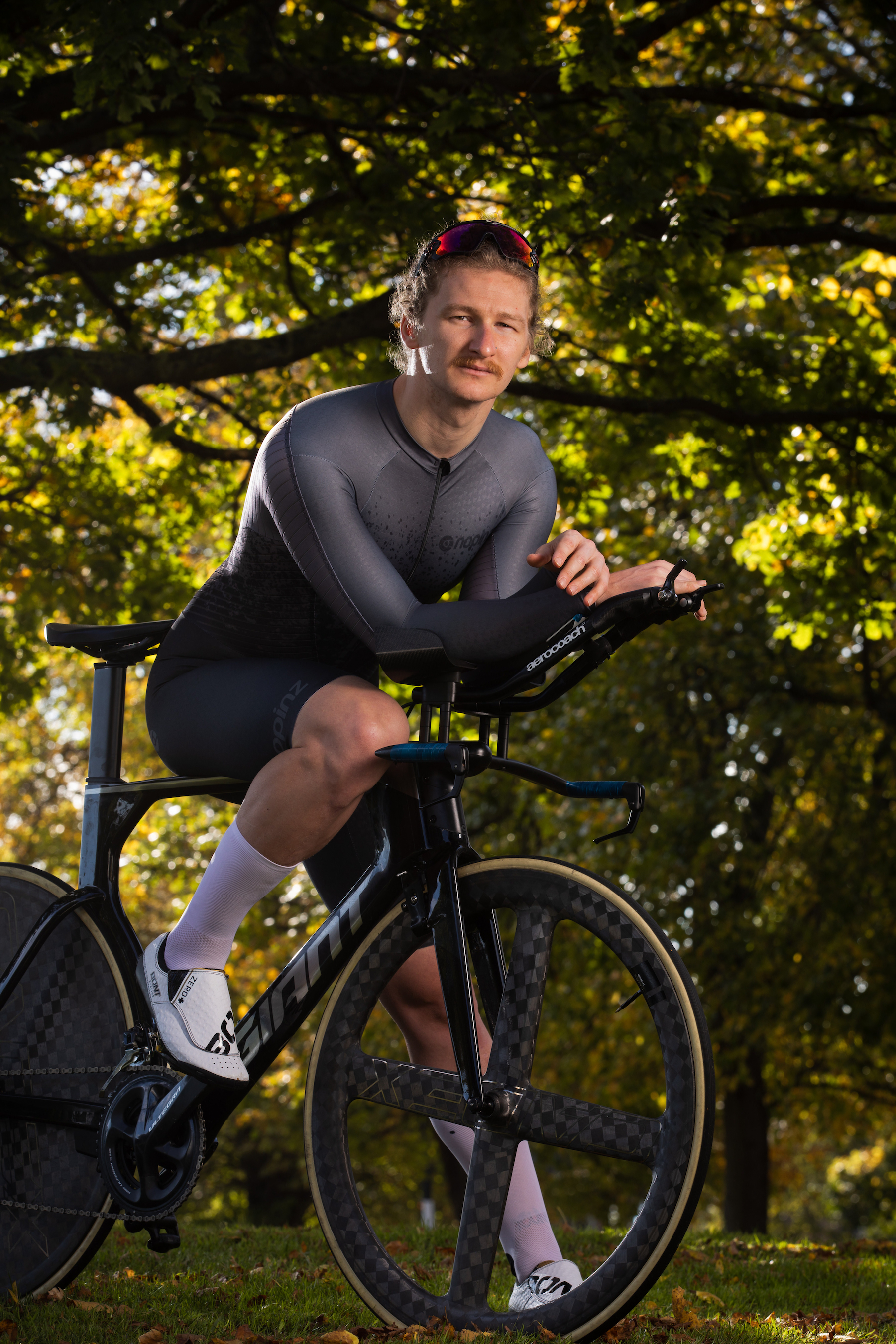Strava offer further explanation of ‘difficult decision’ to remove Bluetooth and ANT+ from app
The announcement has been met with disappointment from many Strava users


Strava has offered further explanation over the decision to remove Bluetooth and ANT+ connectivity from the app.
The announcement that the social media for athletes would no longer work with external devices paired with a phone was met with disappointment from many users.
Strava has said that connecting the app with Bluetooth and ANT+ sensors was causing the software to crash, prompting the company to remove the feature at the end of October.
>>> Taylor Phinney retires from professional racing at 29
Strava UK’s country manager, Gareth Mills, offered further details: “In August we made the decision that Bluetooth and ANT+ sensors would no longer pair directly with the Strava phone app.
“We had seen significant fall in the proportion of people using this method of bringing data into Strava over the last few years, and we communicated to affected members directly at the time to tell them what was happening.
“Enabling Bluetooth and ANT+ connections directly with the app was making Strava unstable for millions of our members, regardless of whether they used the feature, so we felt like we had to make this difficult decision.”
Get The Leadout Newsletter
The latest race content, interviews, features, reviews and expert buying guides, direct to your inbox!
Nothing will change for Strava users who record using a GPS watch or bike computer like a Garmin, but for anyone who uses the app for their activities they will no longer be able to include power and heart rate data.
The change will be introduced from October 28 and Strava are recommending that anyone affected use one of the many other apps that upload to Strava.
Strava’s decision has been met with consternation, as many users say they use the app to record their data through their phone, prompting questions around why Strava doesn’t fix the bug.
The change will be introduced from October 28 and Strava are recommending that anyone affected use one of the many other apps that upload to Strava.
Last month, Strava unveiled new “fitness” and “perceived exertion” features.
“Fitness” allows users to track their activity over time with a daily fitness score, while “perceived exertion” gives athletes the chance to note how intense a run, ride or swim felt on a scale from one to 10.
Strava CEO James Quarles said: “These features are a great way for an athlete to capture their effort and take a look at patterns over time so they can see how they’re progressing.”

Thank you for reading 20 articles this month* Join now for unlimited access
Enjoy your first month for just £1 / $1 / €1
*Read 5 free articles per month without a subscription

Join now for unlimited access
Try first month for just £1 / $1 / €1
Alex Ballinger is editor of BikeBiz magazine, the leading publication for the UK cycle industry, and is the former digital news editor for CyclingWeekly.com. After gaining experience in local newsrooms, national newspapers and in digital journalism, Alex found his calling in cycling, first as a reporter, then as news editor responsible for Cycling Weekly's online news output, and now as the editor of BikeBiz. Since pro cycling first captured his heart during the 2010 Tour de France (specifically the Contador-Schleck battle) Alex covered three Tours de France, multiple editions of the Tour of Britain, and the World Championships, while both writing and video presenting for Cycling Weekly. He also specialises in fitness writing, often throwing himself into the deep end to help readers improve their own power numbers. Away from the desk, Alex can be found racing time trials, riding BMX and mountain bikes, or exploring off-road on his gravel bike. He’s also an avid gamer, and can usually be found buried in an eclectic selection of books.
-
 Rapha launches the Super-League, a new British road racing points competition
Rapha launches the Super-League, a new British road racing points competition16 events make up the Rapha Super-League, including crits and road races, with overall winners crowned
By Adam Becket
-
 Jonas Vingegaard confirms race schedule ahead of Tour de France
Jonas Vingegaard confirms race schedule ahead of Tour de FranceDanish climber will only ride the Critérium du Dauphiné in June, but will take part in two altitude camps
By Tom Thewlis